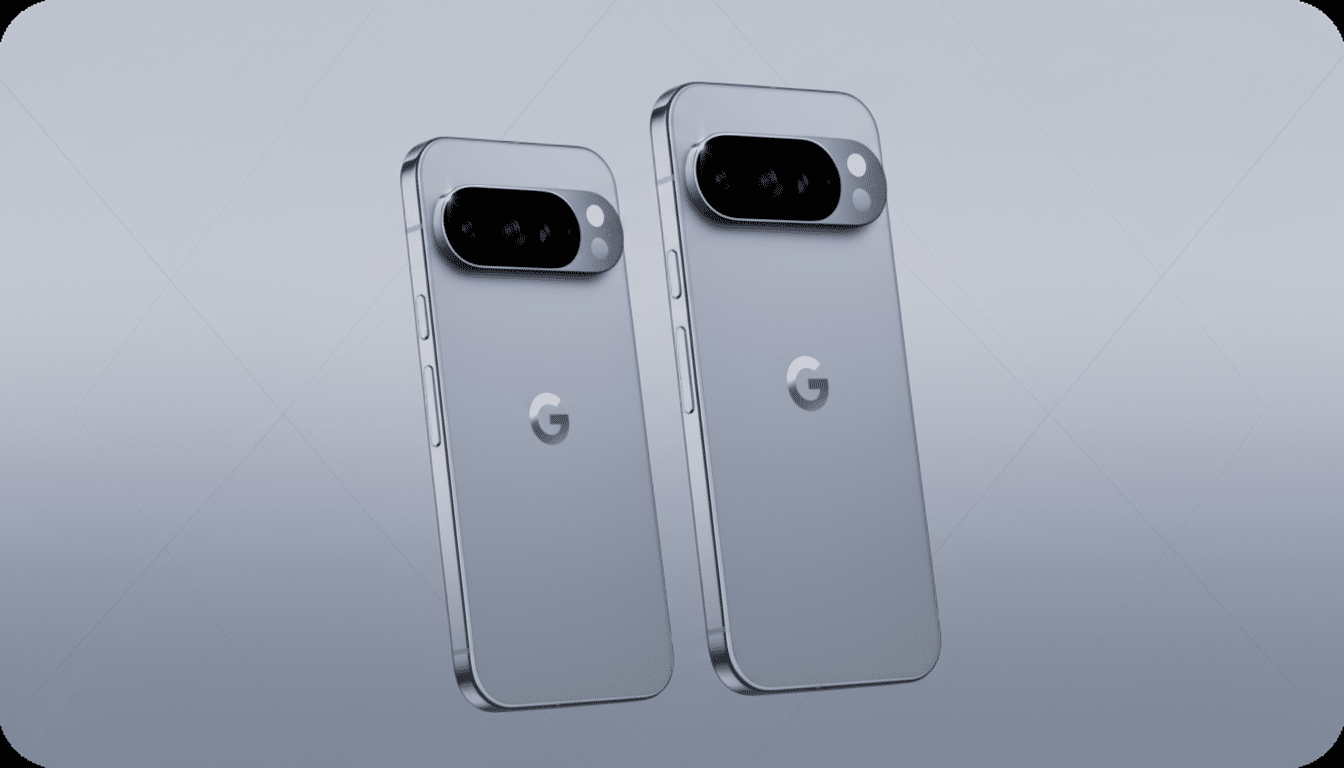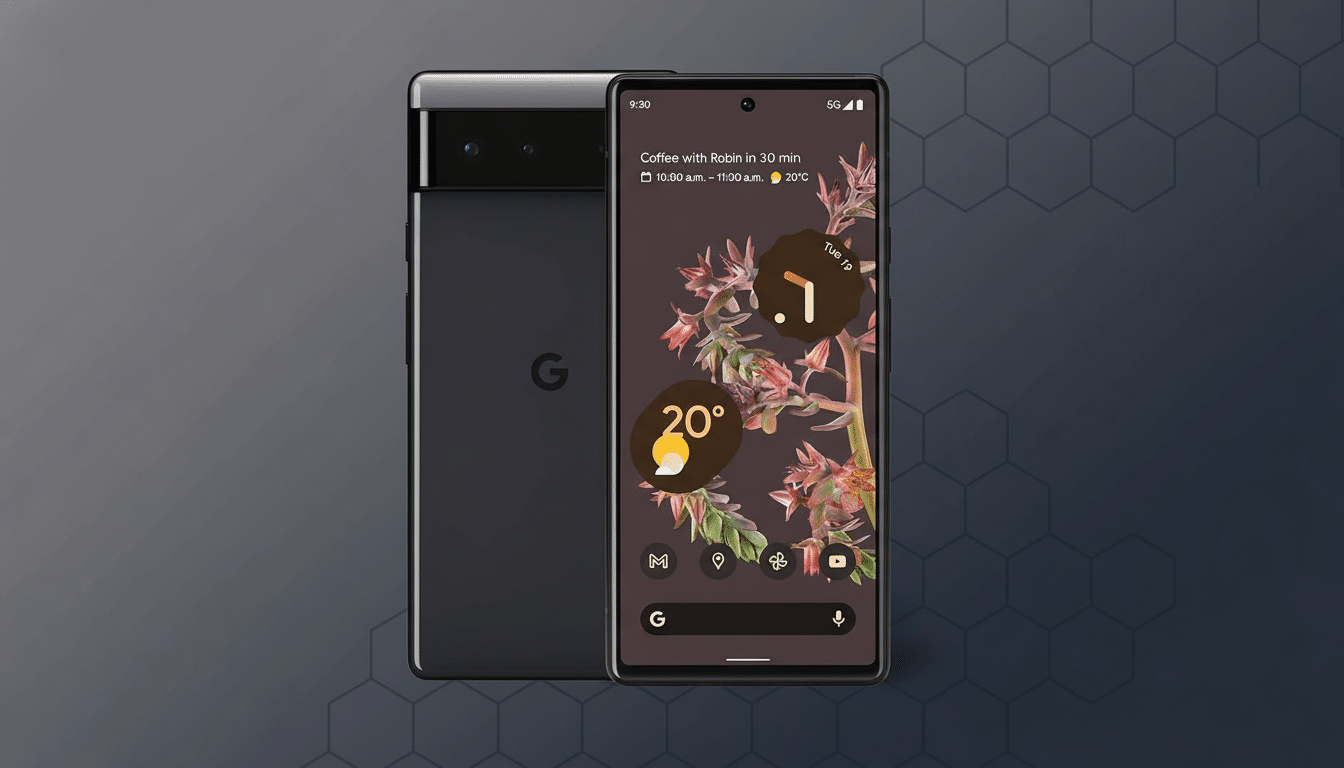Google is rolling out a feature this month for Pixel phones to allow passengers in cars to make a live video call with the 911 center when an emergency call is made, as part of its November update for Google Play Services. Called an integrated live video experience, the feature allows callers to stream live video in real time directly to first responders with express consent and is intended to expedite responsiveness and outcomes during incidents deemed critical.
How live video sharing works during emergency calls
When a caller dials emergency services, dispatchers can request the phone to activate its camera. The recipient can either accept or decline, and if they approve the request, a secure live video stream is sent to the dispatcher’s console for the duration of the call. Google says the video isn’t meant to be kept on the device; any given agency will be able to keep the video based on its own policies and legal obligations.

It comes via Google Play Services, so it can go to phones without a whole operating system update. The initial availability should be concentrated on Pixel phones, which already come with safety features such as Car Crash Detection, Safety Check, and Crisis Alerts. More widespread support on Android will probably be contingent on device compatibility, carrier readiness, and whether local emergency call centers are equipped to accept live streams.
Why live video matters for 911 and 112 emergency response
Most emergency calls are now made from mobile phones — US regulators estimate that about 80% of all 911 calls come from wireless devices — so adding visual context is a logical next step in updating the response system. The video can aid call-takers in quickly differentiating between, say, a vehicle fire and smoke from an overheated engine, the extent of injury after a crash, or whether an intruder suspected by the caller is present — accuracy that should lead to better triage and dispatch.
Agencies in some countries, including Argentina and the United States, have also been testing live video links across secure platforms that are enabled through 911 and 112 systems. Public safety groups such as NENA and APCO have long called for NG911 capabilities that allow for much richer data — location, text, media, etc. By building live video directly into the phone experience, Google lowers the friction for callers and minimizes the technical hurdle for call centers to participate.
The decision also goes along with the larger industry trend. Apple announced Next Generation 911 capabilities in iOS updates to allow for more data sharing with emergency services, including live video where supported by local agencies. With both leading mobile ecosystems behind the technology push, adoption could accelerate — if public safety answering points have the resources and training in place.
Privacy, Consent, And Safety Considerations
Google positions its approach around caller control: call centers can ask for access, but the user decides to share it. That opt-in flow is similar to how most public safety video pilots work today, which generally rely on encrypted connections and session-based permissions that expire at the conclusion of a call. But for those especially sensitive cases — domestic stuff, or bystander recordings — this implicit consent model and ephemeral sessions are vital.

Storage practices vary by jurisdiction. Although Google says the stream may not be saved on — say — the officer’s smartphone, some departments by law can record media for evidence or training. It will be important for there to be clear disclosures so callers understand who gets to see the video, how long it is kept, and under what protections. You can expect Google to release more detailed documentation on in-app prompts, data handling, and controls as this becomes more widely available.
Availability And What Will Determine Access
It is part of the November Google Play Services update, and as the update rolls out, more users will see it. Pixel phones are most likely first in line, at least based on how well the company has generally supported its various safety features, with wider Android compatibility coming later. Real-world usability will also hinge on emergency communications partners — if a local 911 or 112 center doesn’t have the necessary systems in place, the app won’t be able to complete video handoff even if the phone could otherwise do so.
That’s where ecosystem partnerships come into play. Numerous US and international agencies rely on vendor platforms like those provided by RapidSOS and other NG911 players to obtain advanced mobile location and additional data. Integrating Google’s live video into those workflows would turn the feature into a practical tool that works across thousands of public safety answering points, not just in isolated pilots.
What to watch next as live video reaches emergency calls
Google will eventually layer live video into its larger safety stack. Accurate Android Emergency Location data along with visual context could help responders guess what resources will be most useful — send the best combination of EMS, fire, and police — and cut down on false alarms. For users, look out for notices about regional availability, updated interfaces in the Safety app, and clearer explanations on when a dispatcher can ask for footage — and how to instantly retract access.
The bottom line: The creation of a place for live video inside the default phone experience is a big step toward NG911/NG112. If agencies and carriers keep up, the upgrade could significantly reduce response times and save lives when minutes matter most.

